‘Void’ dives into physics of nothingness
In modern physics, emptiness is elusive and difficult to define, a new book shows.
Every print subscription comes with full digital access

In modern physics, emptiness is elusive and difficult to define, a new book shows.
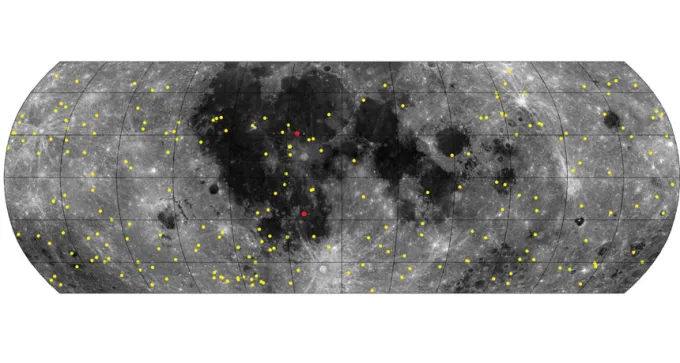
A new analysis of lunar images reveals over 200 new craters and about 47,000 undiscovered “splotches” on the moon.
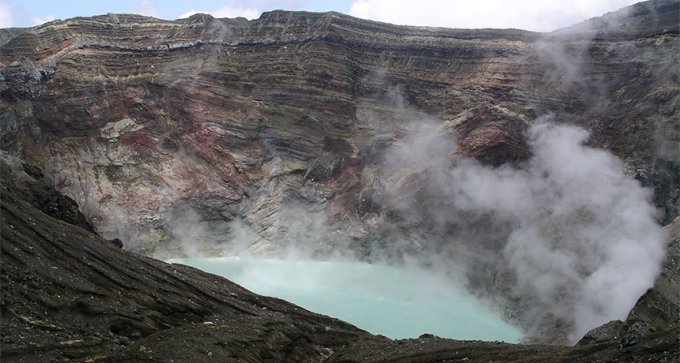
An earthquake rupturing along a fault in Japan was blockaded by the magma chamber below the Mount Aso volcano, researchers propose.

Scientists and journalists share a core belief in questioning, observing and verifying to reach the truth. Science News reports on crucial research and discovery across science disciplines. We need your financial support to make it happen – every contribution makes a difference.

Lichens, fascinating mosaics of fungi and algae or cyanobacteria, are made for sensing environmental change.
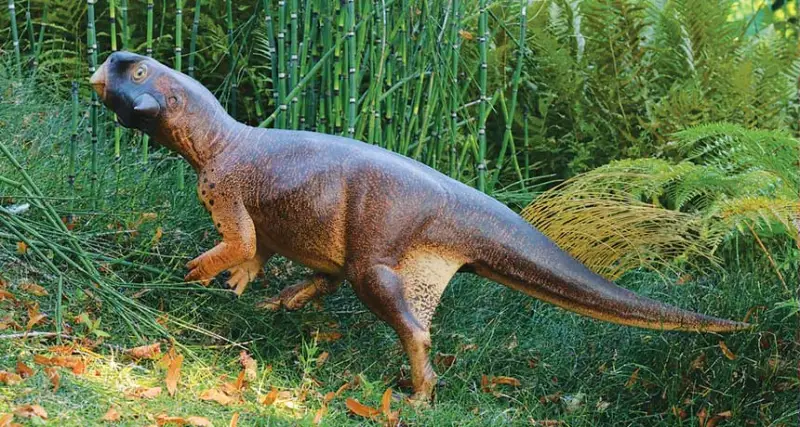
Fossilized pigments could paint a vivid picture of a dinosaur’s life.
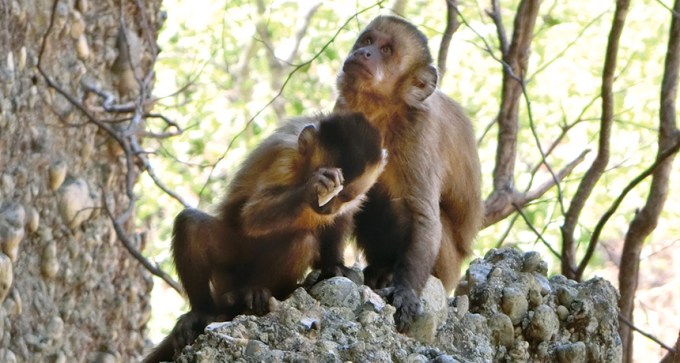
Monkeys that make sharp-edged stones raise questions about evolution of stone tool production.
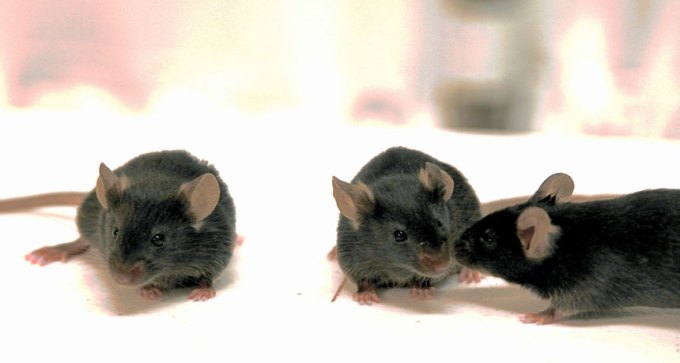
Pain can jump from one mouse to another, presumably through chemicals detected by the nose.
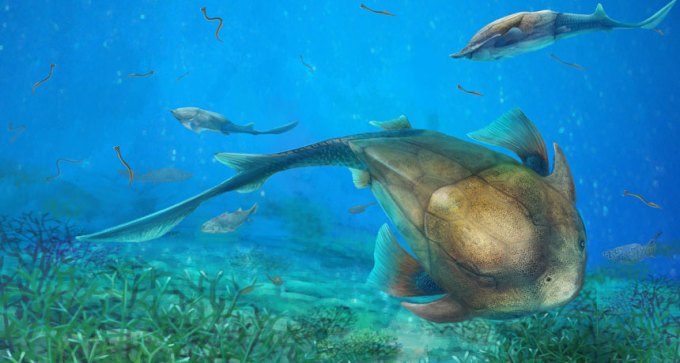
The fossil of a 423-million-year-old armored fish from China suggests that the jaws of all modern land vertebrates and bony fish originated in a bizarre group of animals called placoderms.
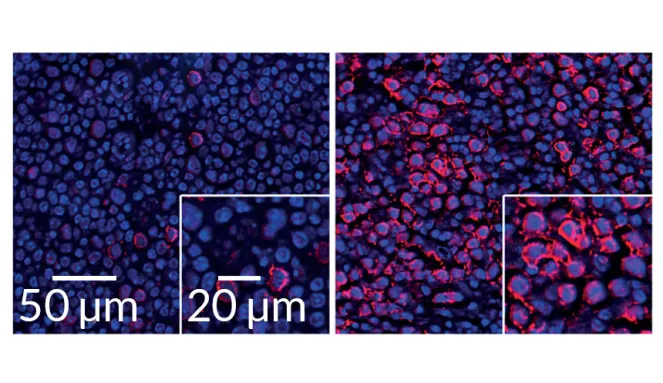
Virus-fighting proteins in the immune system can sometimes help out their targets instead.

A new amendment to the Montreal Protocol will phase out potent greenhouse gases currently used in air conditioners and refrigerators, prompting a hunt for eco-friendly alternatives.
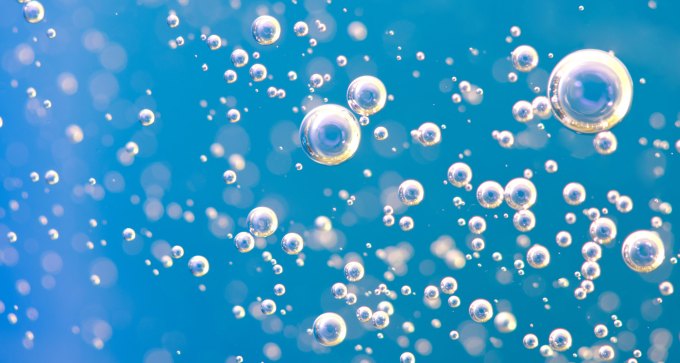
Silicon-34 has an unusually small number of protons in its center.

Brain activity changed as people lied more, a new study finds.
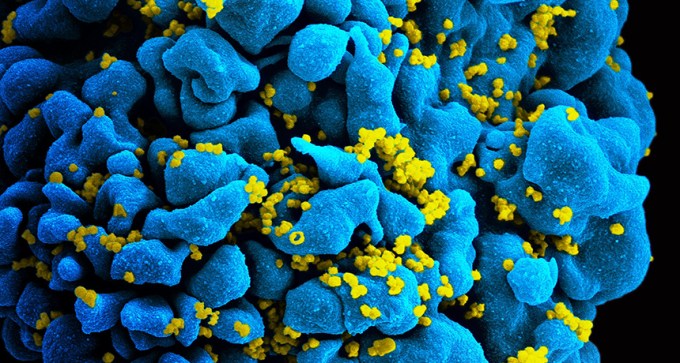
DNA analysis of early viral strains tracks U.S. debut to early ’70s
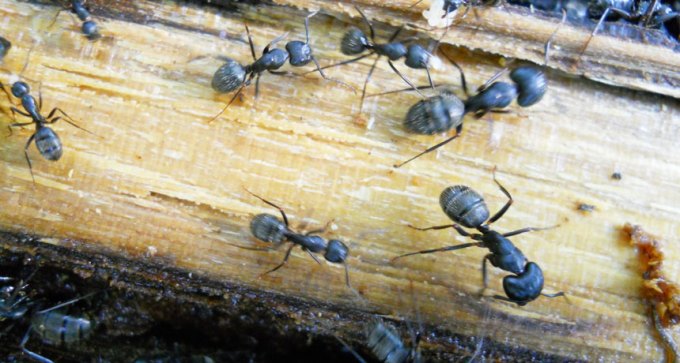
Simulated climate warming reveals a new pattern in turnover of ant nests.
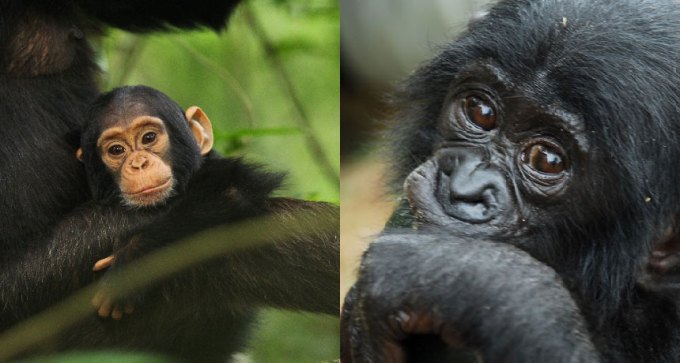
Genetic evidence suggests bonobos and chimpanzees interbred after becoming separate species.
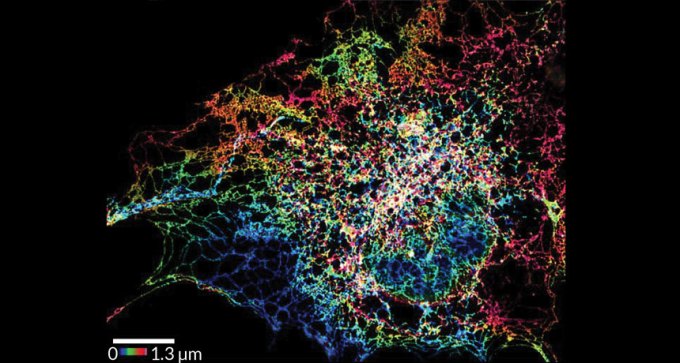
A close-up view of the cell’s endoplasmic reticulum reveals a different structure.

Preschoolers tend to reach a milestone of social thinking after months of fits and starts.
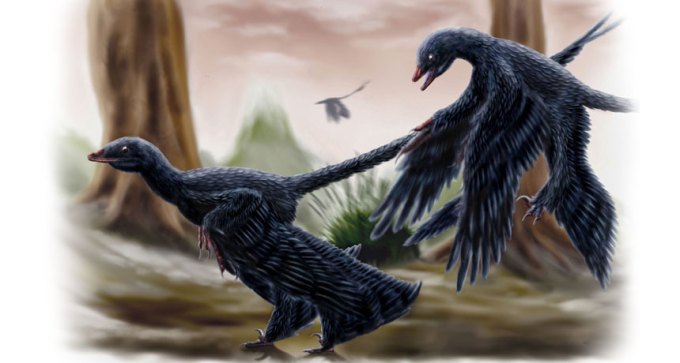
Early birds and other flying dinosaurs had the strong legs and wing speed needed to launch into the air directly from the ground, researchers argue.

A new family tree analysis predicts behavior of primate common ancestor.
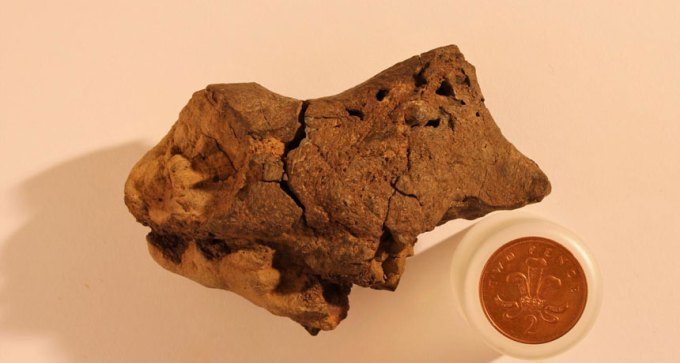
A dinosaur fossil that preserves brain tissue has been discovered for the first time, researchers announce.
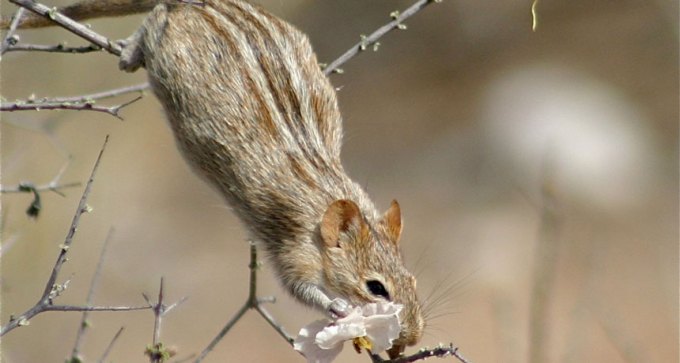
A recycled regulator paints on rodents’ light stripes.

Ancient colonists Down Under crossed the continent not long after arriving around 50,000 years ago.
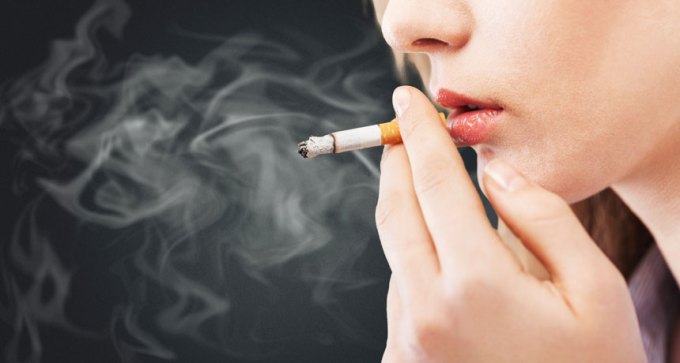
The DNA of smokers shows more damage than the DNA of nonsmokers who have the same kind of cancer.
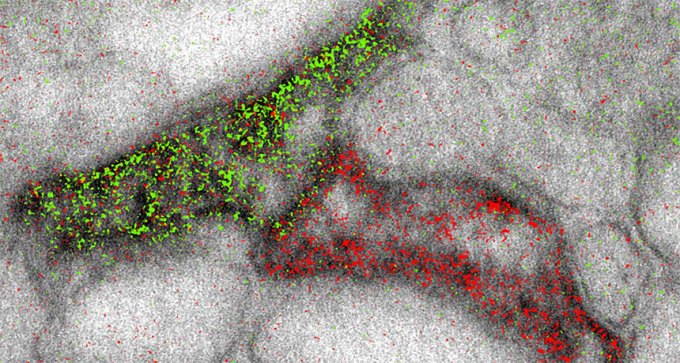
A new electron microscopy technique reveals cellular details in multicolor

A glut of muons shows up in particle showers in the atmosphere.
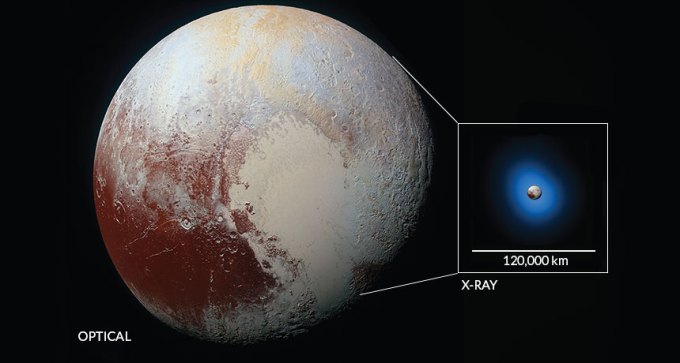
Chandra telescope detects seven X-ray photons coming from Pluto, suggesting that the solar wind runs into a tail of gas streaming from the dwarf planet.
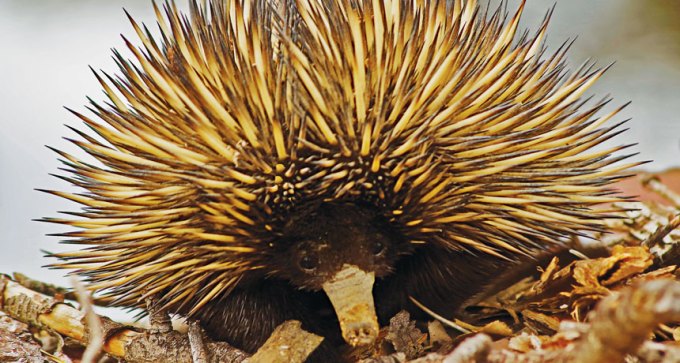
Short-beaked echidna’s to-do list looks good for a continent losing other digging mammals.
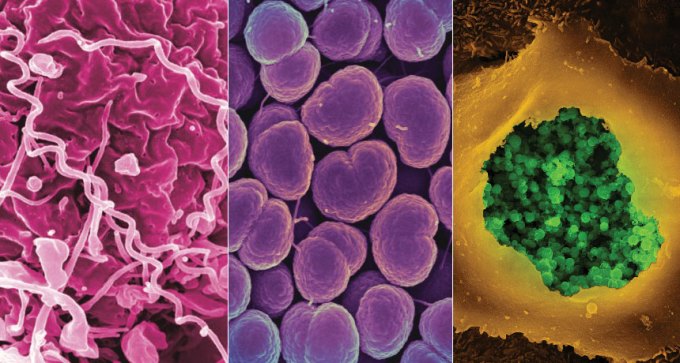
The combined reported cases of three common sexually transmitted diseases reached a historic peak in 2015, a new CDC report says.
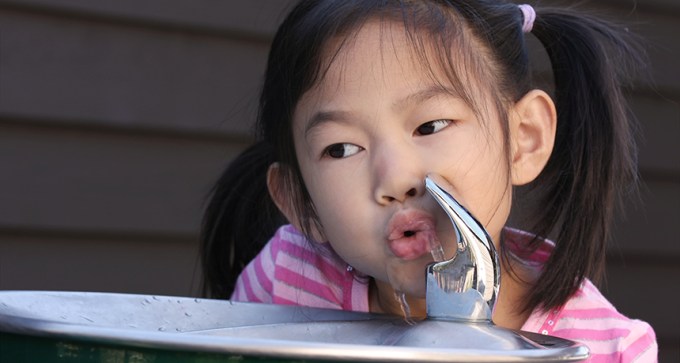
In 1966, scientists hoped fluoride might protect adult bone health. While the results broke down over time, the benefits for teeth remain clear.
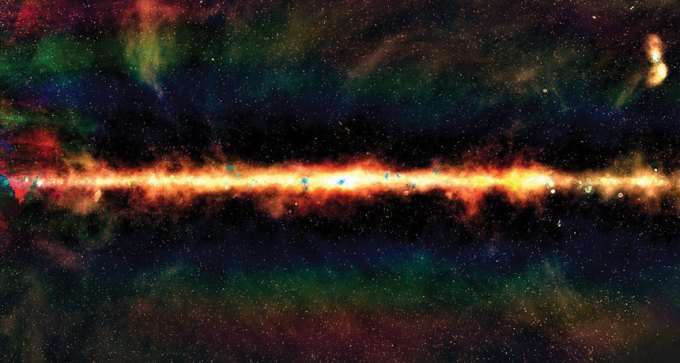
Gleamoscope, an interactive map, lets you explore the Milky Way galaxy and the nearby universe in many different electromagnetic frequencies.
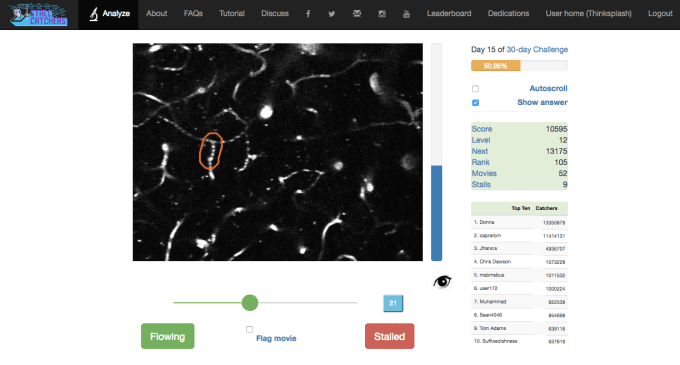
A new game assists Alzheimer’s researchers in the hunt for stalled blood vessels in the brains of mice.
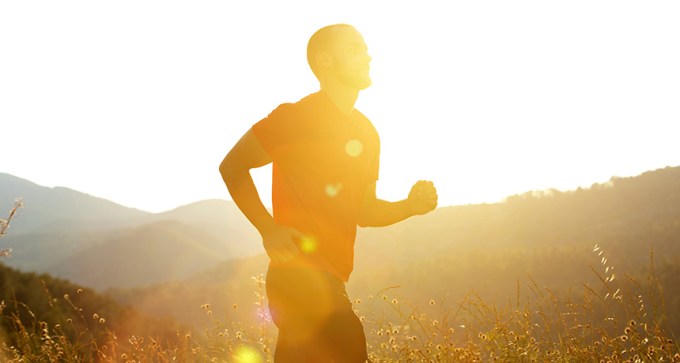
Textile stores energy from the sun and a person’s movements to power devices.
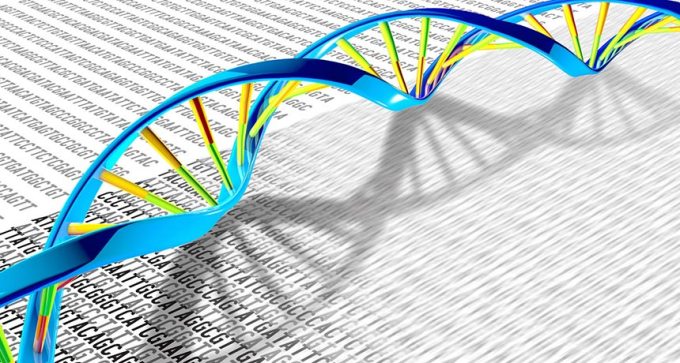
A natural tweak in the TYK2 protein strikes a balance between weak and overactive immune systems.
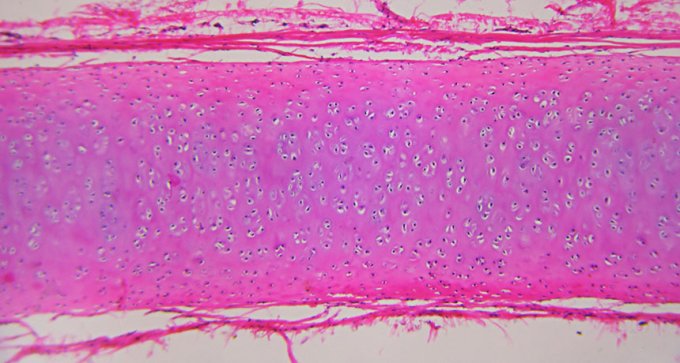
A small clinical trial suggests that using nose cells to patch knee cartilage could be a viable treatment for injuries.
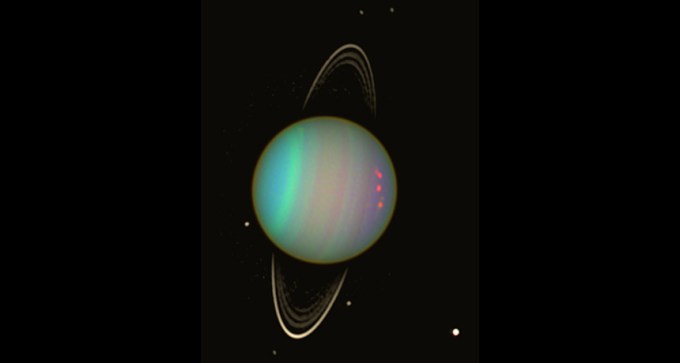
Two more moons might be lurking around Uranus, causing material in the planet’s rings to clump up, Voyager 2 data suggest.
Subscribers, enter your e-mail address to access the digital replica edition.